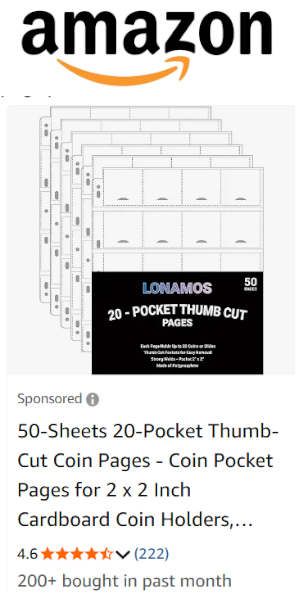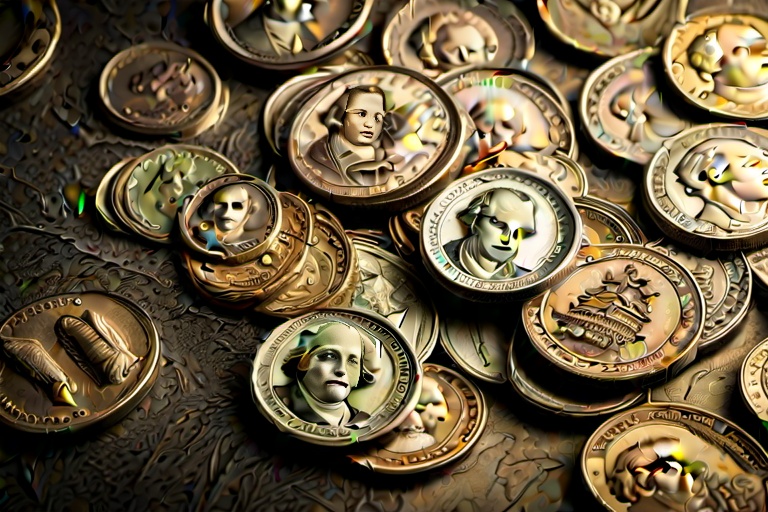Understanding the Value of Wheat Pennies: An Insightful Guide
Understanding the Value of Wheat Pennies: An Insightful Guide
Wheat pennies, characterized by their distinctive design featuring two wheat stalks on the reverse side, have captured the attention of numismatists across the nation. First issued in 1909 to mark the centennial of Abraham Lincoln's birth, these one-cent pieces have been a cornerstone of American coin collecting for over a century. Each wheat penny offers a unique window into American history and presents an opportunity for collectors to immerse themselves in the rich tradition of numismatics.
The Importance of Condition and Grading
When evaluating the value of wheat pennies, the coin's condition, often referred to as its grade, stands out as a pivotal factor. A coin's grade reflects its state of preservation and determines its attractiveness to collectors. Coins are subject to a spectrum of grading, from those that have seen extensive circulation—with evident wear and fading details—to pristine, uncirculated specimens that retain their original luster.
High-grade coins are treasured for their rarity and historical integrity; as such, they command premium prices in the market. The process of grading is meticulous and considers every minute detail—from the sharpness of Lincoln’s portrait to the crispness of the wheat stalks on the reverse.
Rarity and Valuation
Rarity plays a decisive role in the valuation of wheat pennies. Coins from particular years, mint marks, and those that were produced in limited quantities carry considerable significance for collectors. For instance, the 1909-S VDB penny, with its low mintage and the initials of the designer Victor David Brenner, is among the rarest and can be valued in the thousands, depending on condition.
Notably, coins that have escaped circulation and remain in uncirculated condition can reach impressive valuations, often surpassing the $2,000 mark when certified by reputable grading companies. Moreover, certain error coins, which possess unique characteristics due to minting anomalies, add a layer of intrigue and value to any collection.
Resources and Expert Opinion
To navigate the complexities of coin valuation, collectors often turn to a variety of resources. Price guides, while providing a baseline for valuation, only offer a generalized snapshot of a coin's potential worth. For a thorough assessment, seeking the insights of expert collectors or trusted coin dealers like Dave Sorrick—"The Coin Collector"—is essential. These professionals can provide tailored evaluations based on a multitude of factors, including the current market dynamics.
Authenticity and Counterfeit Deterrence
The presence of counterfeit coins in the market poses a significant challenge for collectors. Before celebrating the acquisition of a potentially valuable coin, it is crucial to confirm its authenticity. Reputable coin dealers can authenticate collections and offer more precise valuations, ensuring that collectors are engaging with genuine pieces.
The Joy and Investment of Collecting
Beyond the allure of potential financial gains, collecting wheat pennies is a fulfilling endeavor that connects collectors to a piece of Americana. Assembling a complete set of these coins is not just a serious pursuit but also an embrace of their historical and cultural relevance.
The Communal Aspect of Coin Collecting
Both novice and seasoned collectors can benefit from engaging with the larger numismatic community. This shared passion fosters a collective quest for knowledge and discovery, with each collector contributing to the ongoing story of coin collecting.
Expert Guidance and Appraisals
Dave Sorrick, a seasoned coin collector and dealer, offers his expertise to those eager to understand more about their coins or looking to enhance their collections. With his deep knowledge of coin collecting and valuation, "The Coin Collector" can provide the guidance necessary for making informed decisions.
Market Trends and Making Informed Decisions
Regularly familiarizing oneself with coin market trends is important for collectors to remain aware of factors influencing wheat penny values. By pairing personal research with expert consultations, collectors can fully appreciate the significance of their coins and make strategic choices for their collections.
Conclusion: The Comprehensive Evaluation of Wheat Pennies
In sum, appraising wheat pennies demands a careful balance between assessing the coin's grade, understanding its rarity, and incorporating specialized knowledge from the coin collecting community. By addressing these crucial elements, collectors can elevate their appreciation for their collections, identify truly valuable specimens, and steer clear of inauthentic pieces. Thus, the pursuit of collecting wheat pennies emerges as both a rewarding hobby and a meaningful investment. For appraisals or further insights into coin collecting, enthusiasts can reach out to Dave Sorrick, whose proficiency in the field serves as a beacon for those navigating the numismatic landscape.
Information for this article was gathered from the following source.


